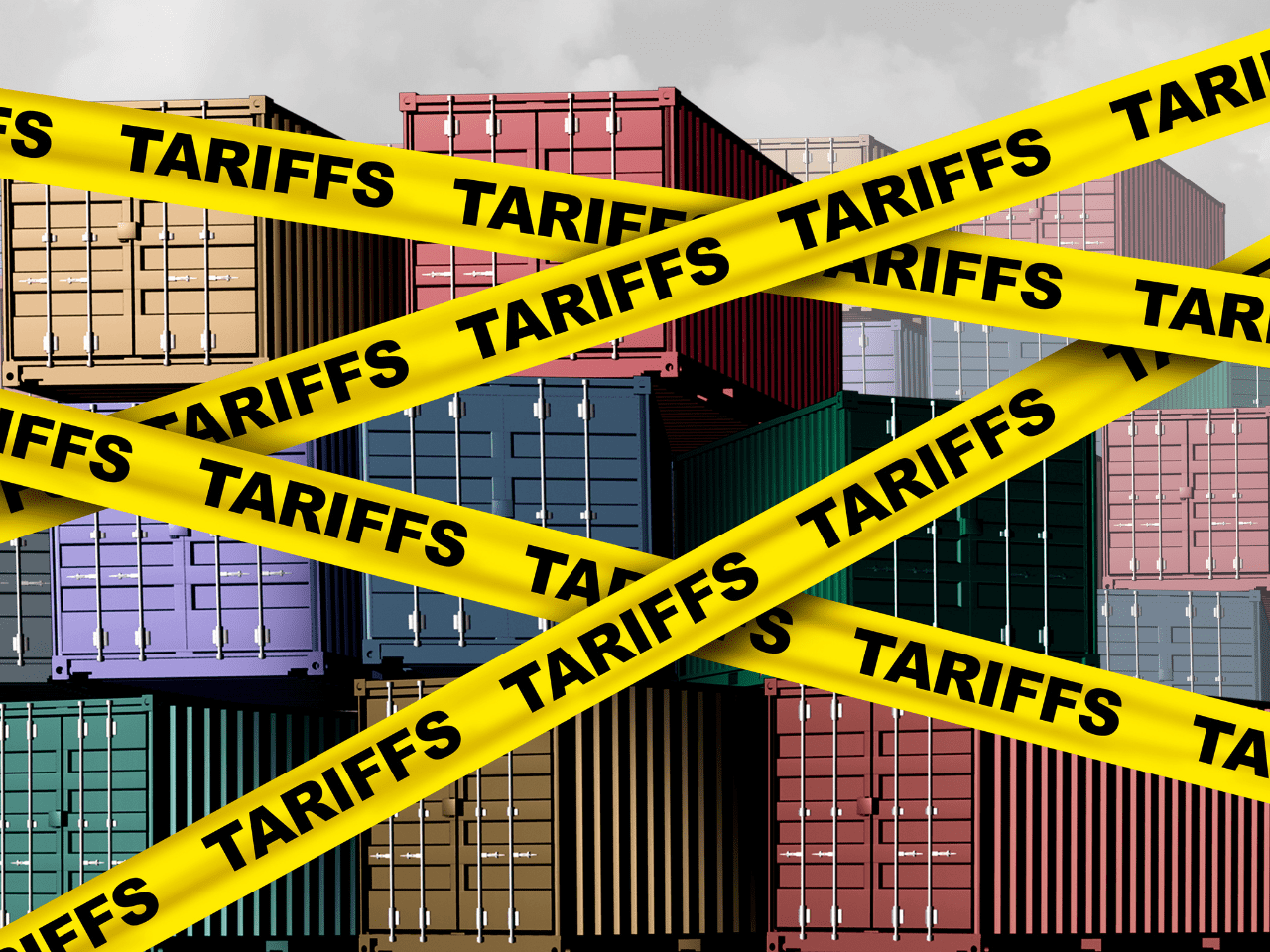99% of all businesses in the UK are SMEs, all hungry to grow and expand their operations. Despite this, it seems that these smaller companies are often shut out of the supply chains where they could provide value.
In 2012, we completed a study with UK independent researchers, IFF Research and discovered that only 25% of contracts were awarded to SMEs, and 80% of large companies in Britain weren’t planning to increase the number of SMEs they worked with. These worrying figures prompted the UK Government to pay increased attention to the plight of SMEs and implement initiatives to promote supply chain diversity. Despite this increased focus and an explicit target of 33% of government spending to be directed to SMEs, direct government spending with SMEs has only grown by one percentage point, from 10% to 11%. Indeed, parliamentary review into late payments to SMEs, in 2018 revealed they still face unique challenges in the supply chain, with almost half of small business leaders saying overdue payments put their businesses at risk. What do these stats tell us? The figures show that there are structural barriers to SMEs in the supply chain as well as a lot of potential currently going to waste. Small companies and start-ups are often the source of innovation that goes on to disrupt established markets. How do we go about changing the way supply chains work? There a number of different strategies. For example, we offer an audit service that is accepted by some buyers in place of certain accreditation and provides further reassurance on supplier capability. We think that this really helps smaller companies get in front of big companies that could benefit from their services. But what actions can buyers take to inject some productive diversity into their supply chains? One theory puts procurement right at the heart of promoting diversity.
What is inclusive procurement?
Inclusive procurement is the process of diversifying a company’s supply chain by choosing to do business with newer, smaller or innovative suppliers. Proponents argue that this allows companies to create a supplier mix that is more innovative, forward-thinking and resilient. This is particularly important as companies seek to differentiate themselves with specialist customisations, something SMEs are uniquely placed to supply. The term ‘inclusive procurement’ was coined by British non-profit organisation MSDUK, who believe that the underrepresentation of smaller businesses not only restricts the inclusivity of economic growth but also dulls the entrepreneurialism and flexibility necessary for disruptive innovation. This concept has won support from many businesses, who aim to increase their spend with SMEs as part of their contribution to local communities. However, consistency of reporting on these goals is mixed, and it appears there is a still a way to go to achieve truly inclusive supply chains. But why is it so hard to achieve meaningful change in this space? Is the idea of inclusive procurement a hollow buzzword that carries little value for businesses? Or, is adding some diversity a good strategy for driving value growth?
The benefits of supplier diversity
At a basic level, more diversity in your supplier base means your organisation is much more likely to be a reflection of the customers it serves. But we believe that taking the time to create a more inclusive supplier base has a range of other benefits. Large companies are often better placed to offer global services, more competitive prices, and certain legal protections. SMEs, on the other hand, tend to be more flexible, more efficient, quicker and better located than their larger counterparts. By building a supply chain with both big and small businesses, organisations can draw on the best aspects of both to improve their resilience.
The risks of exclusion
Businesses that don’t take an inclusive approach to procurement could end up with rigid supply chains brimming with inefficiencies, high costs, reactive business approaches, and lacking competition and innovation. Organisations may also find they are out of touch with what their customers actually want, which is a dangerous place for any business to be. It’s not just us either. Policy-makers are increasingly getting behind supplier diversity, meaning companies could run compliance risks too if they don’t include more SMEs in their supply chain. For instance, EU rules have now demanded that public sector and regulated businesses, such as utilities, can only specify suppliers that have a minimum turnover figure up to twice the value of the contract. However, there is still a tendency among buyers to work solely with larger companies, because they are comfortable in these relationships and often consider SMEs to have a higher risk profile. This is where we can help smaller suppliers by offering them an audit so that buyers can be sure of their potential.
Achieving supplier diversity
Promoting diversity in your supply chain requires a procurement process that is friendly to all. A big part of this is removing common barriers to tendering – such as excessive form-filling and minimum turnover requirements. This is where we come in. We remove the obstacles by giving all companies the same opportunities, no matter their size. As part of our communities, companies complete a pre-qualification questionnaire, which we then validate. We then make this data accessible to all relevant buying organisations, giving smaller suppliers the chance to interact with companies they otherwise wouldn’t come into contact with. Many buyers are also breaking contracts into smaller parts to enable smaller suppliers to take them on. Additionally, the audit service we provide helps to give smaller companies another layer of reassurance on their capability as suppliers for bigger companies. This helps smaller innovators and disrupters increase the visibility of their offerings and makes it easier for buyers to select the best way to add some diversity into their supply chains.


